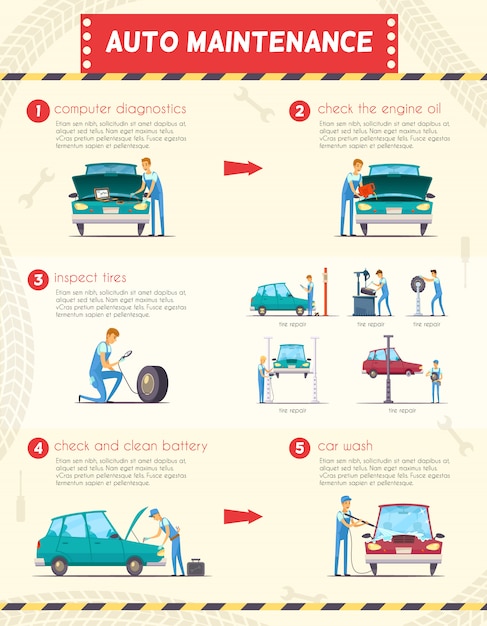Deciphering Your Car'S Caution Indicators: What They Absolutely Indicate
Deciphering Your Car'S Caution Indicators: What They Absolutely Indicate
Blog Article
Article Composed By-Faulkner Gilbert
When you lag the wheel, those radiant caution lights on your dashboard can be a little bit difficult. Do you recognize what they're attempting to tell you regarding your auto's health? Understanding the importance of these lights is important for your safety and the longevity of your vehicle. So, the next time among those lights turns up, would not you want to decode its message accurately and take the necessary actions to address it?
Common Caution Lighting and Interpretations
Recognize usual caution lights in your automobile and understand their significances to make certain risk-free driving.
One of the most typical warning lights include the check engine light, which signifies problems with the engine or exhausts system. If this light begins, it's essential to have your vehicle examined promptly.
The oil stress cautioning light suggests reduced oil pressure, needing prompt attention to prevent engine damages.
A flashing battery light might suggest a faulty charging system, possibly leaving you stranded otherwise resolved.
The tire stress tracking system (TPMS) light informs you to reduced tire pressure, impacting car stability and fuel effectiveness. Disregarding this could result in risky driving conditions.
dry ice car cleaning indicates a problem with the anti-lock stopping system, endangering your ability to quit promptly in emergency situations.
Finally, the coolant temperature alerting light warns of engine getting too hot, which can lead to severe damages if not solved quickly.
Understanding these usual caution lights will assist you deal with problems quickly and keep safe driving problems.
Value of Prompt Interest
Understanding the common warning lights in your vehicle is just the initial step; the relevance of quickly addressing these warnings can't be highlighted sufficient to ensure your safety when traveling.
When a warning light illuminates on your control panel, it's your automobile's way of interacting a potential issue that needs attention. Ignoring these warnings can lead to a lot more serious troubles down the road, endangering your safety and potentially costing you extra in repairs.
Prompt attention to cautioning lights can avoid malfunctions and mishaps. As an example, a blinking check engine light might indicate a misfire that, if left unattended, could create damages to the catalytic converter. Resolving this quickly can save you from a pricey repair work.
Likewise, a brake system alerting light may indicate low brake fluid or worn brake pads, essential parts for your safety and security when driving.
Do It Yourself Troubleshooting Tips
If you see a warning light on your dashboard, there are a few do it yourself repairing tips you can attempt before looking for specialist aid.
The primary step is to consult your cars and truck's guidebook to recognize what the certain warning light indicates. Sometimes the problem can be as easy as a loosened gas cap causing the check engine light. Tightening up the gas cap might solve the trouble.
An additional common issue is a reduced battery, which can cause different warning lights. Inspecting the battery connections for corrosion and guaranteeing they're protected could take care of the problem.
If a warning light continues, you can try resetting it by separating the automobile's battery for a couple of minutes and afterwards reconnecting it. Additionally, checking Recommended Reading , such as oil, coolant, and brake liquid, can assist repair advising lights connected to these systems.
Verdict
To conclude, recognizing your car's warning lights is vital for maintaining your lorry running efficiently and securely. By quickly resolving these notifies and understanding what they imply, you can stay clear of costly repair services and possible break downs.
Bear in mind to consult your cars and truck's guidebook for particular information on each advising light and act as necessary to ensure a trouble-free driving experience.
Stay notified, stay risk-free on the road!
